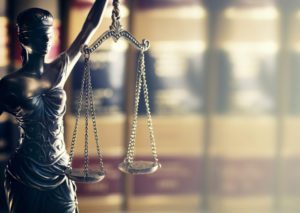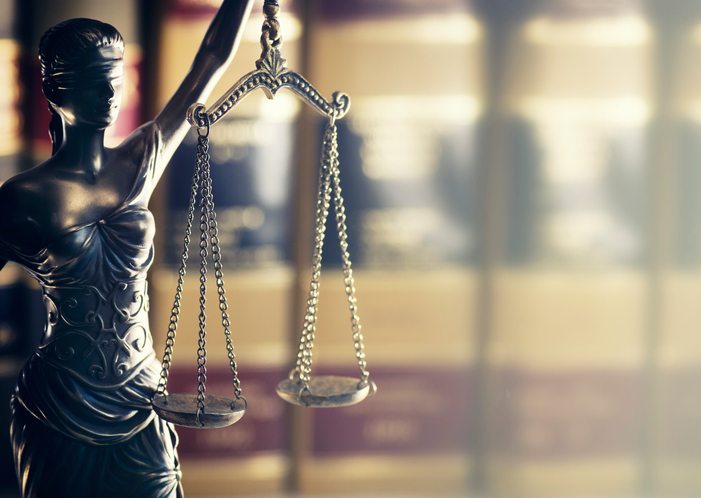 Investigation
Investigation
A criminal investigation is the process of collecting information about an alleged crime. The criminal investigator looks for clues and evidence to determine whether a crime has taken place. If there is enough evidence, then the investigation shifts to identifying and apprehending the perpetrator.
Sometimes identifying the perpetrator is easy. Other times, investigators must dig deep into the evidence to try and uncover who committed the crime. Once a suspect is identified, the results of the investigation are provided to a prosecuting attorney.
Indictment
Before charges can be filed against a suspect, the prosecutor must obtain an indictment. A grand jury is convened, and the prosecutor presents the evidence gathered during the investigation. The grand jury may hear from witnesses, review documents, and evaluate other evidence.
The accused does not take part in this process. The grand jury may find that, at this time, there is not enough evidence to bring charges against the suspect. If the grand jury finds that the prosecutor has presented sufficient evidence to charge the accused, then an indictment will be issued. An indictment describes the alleged crimes and formally charges the defendant.
Arrest
When an arrest warrant is issued, the law enforcement will bring the suspect into custody. The accused will quickly be given a bond hearing, where the judge will set bail. Bail is a cash deposit that the defendant must pay to get out of jail. Unless the bail is paid, the suspect will remain in custody until the trial is held. If bail is made and the defendant shows up for all the court dates, the deposit will be refunded.
Pre-Trial Proceedings
The longest part of the trial proceedings occurs before the trial begins. It begins with an arraignment, which is an important hearing that does several things. First, it sets bail if a bond hearing did not occur. Then, the judge does the following:
- Explains the criminal charges to the suspect;
- Asks the suspect for a plea (guilty, not guilty, or no contest);
- Makes sure that the accused has access to an attorney; and
- Sets the date of future hearings, including the trial.
The discovery process then begins. The attorneys gather evidence, including documents, pictures, and other physical evidence. Written questions, called interrogatories, may be sent to the opposing side. Witnesses can also be questioned in depositions.
During this time the attorneys can also file various motions and schedule pre-trial hearings. The judge may decide many important things at these hearings, such as what evidence and witnesses may be permitted at trial, and even whether the prosecution has enough evidence to continue to trial.
Plea Bargain
A plea bargain is an agreement between the prosecutor and the defendant, made through the defense attorney, to plead guilty to a lesser offense than the one originally charged. It may involve the dismissal of several charges or counts in exchange for a plea of guilty to one of the charges. The prosecutor can also negotiate a plea bargain with a defendant in exchange for testimony against other criminals.
Trial
The case will move to trial if it is not dismissed by the judge for lack of evidence or if the parties do not enter a plea deal. At trial, evidence is presented and witnesses testify to the judge and jury. When it concludes, the jury will enter a verdict of guilty or not guilty; and the judge will draft an order stating the jury’s decision.
Sentencing
If the defendant is found guilty of any of the charges, then a decision will need to be made regarding punishment. For serious crimes, a sentencing hearing will be scheduled. The defense attorney will present mitigating evidence and ask the judge for leniency in sentencing. For example, the defense attorney may point out that it is the defendant’s first conviction. On the other hand, the prosecutor presents any evidence of aggravating circumstances surrounding the crime, such as the violence of the crime or lack of remorse on behalf of the accused.
